Subtotal: £17.42
6 Black Neon Tetra: A Striking Jewel of the Freshwater Aquarium Scientific Name: Hyphessobrycon herbertaxelrodi, Easy Care Neon Tetras for Beginners to Create Stunning Aquatic Displays
£17.49 Original price was: £17.49.£14.52Current price is: £14.52.
Welcome these beautiful 6 Black Neon Tetra into your freshwater aquarium. Known for their vibrant colors and graceful movements, these peaceful companions thrive in well-planted tanks. Perfect for aquarists seeking colorful fish that enhance community tanks with their stunning display.
992 in stock
Species Introduction
The Black Neon Tetra, scientifically known as Hyphessobrycon herbertaxelrodi, is a captivating species of freshwater fish that hails from the lush waters of South America. This small fish, reaching a maximum length of about 4 cm, is renowned for its striking coloration and peaceful demeanor, making it a favorite among aquarists. Found primarily in the blackwater regions of the Amazon Basin, these fish thrive in environments rich with vegetation and soft, acidic waters. Their natural habitat consists of slow-moving streams and rivers, where they can often be seen darting among aquatic plants and submerged structures. The Black Neon Tetra’s vibrant colors and active schooling behavior make it a beautiful addition to any community tank, providing not only visual appeal but also a lively dynamic to the aquarium environment.
Care Requirements Dashboard
Essential Care Guide for Your 6 Black Neon Tetra
| Optimal Living Conditions | |
|---|---|
| Water Temperature | 24-27°C (75-81°F) |
| pH Level | 6.5-7.5 |
| Water Hardness | 4-12 dKH |
| Minimum Tank Size | 80L (20 gal) |
| Salinity | Freshwater |
| Care Level | Beginner Friendly |
✓ Care Level: Easy
Tank Size: Minimum 20 gallons
Water Temperature: 22-28°C (72-82°F)
pH Level: 5.5-7.0
Hardness: 1-10 dGH
Natural Behavior & Temperament
The Black Neon Tetra is a peaceful and social fish that thrives in schools of six or more. Their natural behavior includes active swimming in the mid to upper levels of the tank, often in tight formations. This schooling instinct not only enhances their beauty but also provides them with a sense of security. In a community tank, they exhibit a calm demeanor, making them compatible with a variety of other peaceful species. However, they can become shy if kept in small groups or if their environment lacks adequate hiding spots. Observing a school of Black Neon Tetras gliding gracefully through the water is a mesmerizing sight, and their shimmering bodies reflect light beautifully, adding a dynamic element to the aquarium.
Tank Setup Guide
Creating the ideal environment for Black Neon Tetras involves replicating their natural habitat as closely as possible. A well-planted tank with plenty of hiding spots is essential for their comfort and well-being. Use a substrate of fine gravel or sand, which not only mimics their natural environment but also allows for easy planting of aquatic plants. Incorporating driftwood and rocks can provide additional shelter and create a more natural aesthetic. Aquatic plants such as Java Fern, Anubias, and Amazon Swords are excellent choices, as they thrive in similar conditions and offer the tetras places to explore and hide. Additionally, maintaining a gentle water flow is crucial, as these fish prefer calm waters. A well-placed sponge filter can help maintain water quality while providing the necessary filtration without creating strong currents.
Water Quality Management
✓ Water Parameters: Ideal Conditions
pH Level: 5.5 – 7.0
Temperature: 22°C – 28°C (72°F – 82°F)
Hardness: 1 – 10 dGH
Maintaining optimal water quality is essential for the health and longevity of Black Neon Tetras. Regular water changes of 25-30% every two weeks are recommended to keep nitrate levels low and ensure a clean environment. Using a high-quality water conditioner can help remove harmful chemicals and toxins from tap water. Additionally, monitoring ammonia, nitrite, and nitrate levels with a reliable test kit is crucial. Black Neon Tetras are sensitive to poor water conditions, and fluctuations in pH or temperature can lead to stress and health issues. Therefore, investing in a reliable heater and filtration system is advisable to maintain stable conditions.
Feeding & Nutrition
Black Neon Tetras are omnivorous and thrive on a varied diet that includes high-quality flake food, micro-pellets, and live or frozen foods such as brine shrimp, daphnia, and bloodworms. A balanced diet will enhance their coloration and overall health. Feeding should occur 1-2 times a day, with only as much food as they can consume in 2-3 minutes to prevent overfeeding and maintain water quality. It’s important to provide a mix of different food types to ensure they receive all necessary nutrients. Additionally, incorporating vegetable matter, such as spirulina flakes or blanched spinach, can contribute to their dietary needs and promote healthy digestion.
Compatibility Guide
✓ Compatible Tank Mates
Ideal companions include: Guppies, Corydoras, Rasboras, and other small peaceful fish.
When selecting tank mates for your Black Neon Tetras, it is essential to choose species that share similar water parameter requirements and temperament. They are best suited for community tanks with other small, peaceful fish. Ideal companions include Guppies, Corydoras Catfish, and various species of Rasboras. Avoid keeping them with larger or aggressive fish, as this can cause stress and lead to health issues. Additionally, ensure that any potential tank mates are not fin-nippers, as the long fins of the Black Neon Tetra can be vulnerable to aggressive behaviors. By creating a harmonious community tank, you can enjoy the beauty and activity of your aquatic friends together.
Health & Wellness
To ensure the health and longevity of your Black Neon Tetras, it is important to be vigilant about their well-being. Common health issues include ich, fin rot, and stress-related diseases. Signs of illness may include lethargy, loss of appetite, or abnormal swimming patterns. Regular monitoring of water quality and prompt treatment of any issues is crucial. Quarantine new fish before introducing them to the main tank to prevent the spread of disease. Additionally, maintaining a stable environment and providing a balanced diet can help prevent many health problems. In case of any signs of distress or illness, consulting an experienced aquarist or veterinarian who specializes in fish can provide valuable guidance for treatment.
Breeding Information
Breeding Black Neon Tetras can be a rewarding experience for aquarists. To encourage spawning, it is best to set up a separate breeding tank with soft, acidic water and plenty of fine-leaved plants for the eggs to adhere to. The ideal conditions for breeding include a temperature of around 26°C (79°F) and a pH of 6.0. It is recommended to use a ratio of one male to two females to increase the chances of successful breeding. After spawning, the adult fish should be removed, as they may eat the eggs. The eggs typically hatch within 24-36 hours, and the fry will become free-swimming after about 5 days. At this stage, they can be fed infusoria or finely crushed flake food. Providing optimal care during this critical period will help ensure a healthy start for the young fish.
Acclimation Process
Acclimating your new Black Neon Tetras to their new home is a critical step in ensuring their health and reducing stress. Begin by floating the sealed bag containing the fish in the aquarium for about 15-20 minutes to equalize the temperature. After this, gradually introduce small amounts of tank water into the bag every 5 minutes for about an hour. This process helps the fish adjust to the new water parameters. Once acclimated, gently release the fish into the tank using a net to avoid adding any transport water. This careful acclimation process minimizes shock and helps your new aquatic companions settle into their new environment smoothly.
Long-term Care
Black Neon Tetras are known for their longevity, often living up to 5 years or more with proper care. To ensure a healthy life span, regular maintenance of the aquarium is essential. This includes routine water changes, monitoring water parameters, and providing a balanced diet. Keeping the tank clean and well-maintained will not only enhance the quality of life for your fish but also contribute to their vibrant coloration and active behavior. It’s also important to observe your fish regularly for any signs of stress or illness, as early detection can lead to successful treatment and prevent the spread of disease. By providing a stable and nurturing environment, you can enjoy the beauty and companionship of your Black Neon Tetras for many years.
Natural Habitat Recreation
Recreating the natural habitat of Black Neon Tetras in your aquarium not only enhances their well-being but also provides a visually stunning environment. To mimic their native blackwater habitats, consider using dark substrates and adding driftwood to create shaded areas. Incorporating a variety of aquatic plants, such as floating plants and dense vegetation, can provide cover and replicate the natural environment where these fish thrive. Additionally, using a soft, dim light can help simulate the conditions of their natural habitat, as these fish are accustomed to lower light levels. By carefully designing your aquarium to reflect their natural surroundings, you can create a thriving ecosystem that benefits both the fish and the aquarist.
Seasonal Care Adjustments
As seasons change, so too should the care provided to your Black Neon Tetras. During the warmer months, ensure that the water temperature remains stable, as fluctuations can stress the fish. In the summer, consider using a fan or air conditioning to prevent overheating, as temperatures above 28°C (82°F) can be harmful. In winter, ensure that the aquarium heater is functioning properly to maintain a consistent temperature. Additionally, adjusting the lighting schedule to mimic natural daylight hours can help regulate the fish’s biological rhythms. By being attentive to seasonal changes, you can provide optimal care that supports the health and vitality of your aquatic friends.
Expert Tips
For those looking to enhance their experience with Black Neon Tetras, consider the following expert tips. First, maintaining a well-planted aquarium not only provides hiding spots but also improves water quality through natural filtration. Regularly trimming plants will promote healthy growth and prevent overcrowding. Second, consider using a sponge filter, which provides gentle filtration without creating strong currents that can stress your fish. Lastly, ensure that your fish friends are not overcrowded in the tank, as this can lead to increased stress and aggression. By following these expert recommendations, you can create a thriving environment that showcases the beauty and grace of Black Neon Tetras.
Troubleshooting
If you encounter issues with your Black Neon Tetras, it is crucial to address them promptly. Common problems include stress from aggressive tank mates, poor water quality, and inadequate hiding spaces. If your fish are displaying signs of stress, such as hiding excessively or showing faded colors, assess the tank conditions and consider rearranging the layout to provide more cover. Regular testing of water parameters will help identify any issues that need addressing. If you notice signs of illness, such as white spots or frayed fins, it may be necessary to treat the tank with appropriate medications. By being proactive and observant, you can ensure a healthy and happy environment for your aquatic companions.
Scientific Background
The Black Neon Tetra belongs to the family Characidae, which includes many popular aquarium fish. Its scientific classification places it within the order Characiformes, known for its diverse range of species. The Black Neon Tetra was first described in 1956 and has since become a staple in freshwater aquariums worldwide. Research into their behavior and ecology continues to provide insights into their natural history and conservation needs. As more aquarists become aware of the importance of sustainable practices, supporting captive breeding programs for Black Neon Tetras can help reduce the impact on wild populations. By understanding their scientific background, aquarists can better appreciate the beauty and complexity of these remarkable fish.
Advanced Care Techniques
For those looking to take their care of Black Neon Tetras to the next level, consider implementing advanced techniques. One approach is to create a biotope aquarium that closely resembles their natural habitat, using specific plants and decor native to their environment. Additionally, maintaining a consistent feeding schedule and rotating food types can enhance their coloration and health. Regularly monitoring water parameters and adjusting them as needed will help maintain optimal conditions. Furthermore, engaging in regular observation of your fish can help you identify any changes in behavior or health, allowing for timely intervention if necessary. By applying these advanced care techniques, you can foster a thriving community of Black Neon Tetras that showcases their natural beauty and charm.
Water Quality Parameters
Optimal Range
24-27°C
6.5-7.5
0 ppm
Caution Zone
22-24°C or 27-29°C
6.0-6.5 or 7.5-8.0
0.25-0.5 ppm
Danger Zone
<22°C or >29°C
<6.0 or >8.0
>0.5 ppm
Monitoring Tip: Test water parameters weekly and perform regular water changes to maintain optimal conditions for your aquatic friends!
Frequently Asked Questions
Q: What tank size is required for Black Neon Tetras?
Black Neon Tetras thrive in a well-maintained aquarium of at least 60 litres. This size allows for adequate swimming space and helps maintain stable water parameters. They are social fish and should be kept in groups of at least six to reduce stress and encourage natural behaviour. A larger tank also provides room for aquascaping, which can enhance their environment. Always ensure your aquarium is properly cycled before introducing these fish. Regular water changes and monitoring will help keep their habitat clean and healthy.
✓ Expert Tip
Consider adding plants and hiding spots to create a more natural environment, which will make your Black Neon Tetras feel secure.
Q: What water parameters do Black Neon Tetras require?
Black Neon Tetras prefer soft, slightly acidic water with a pH between 6.0 and 7.0. The water hardness should ideally range between 2 to 10 dGH. Maintaining a temperature between 22°C to 26°C is crucial for their wellbeing. Regular testing of water parameters is essential, as fluctuations can lead to stress and health issues. A good quality filter and routine water changes will help maintain these parameters, ensuring a stable environment for your fish friends.
✓ Expert Tip
Using a water conditioner during water changes can help neutralise harmful chemicals and improve overall water quality.
Q: How often should I feed Black Neon Tetras?
Black Neon Tetras should be fed two to three times a day, offering only what they can consume within a few minutes. A varied diet is beneficial, including high-quality flake food, micro-pellets, and occasional treats like frozen or live food. Overfeeding can lead to water quality issues, so it is crucial to monitor their intake. Ensure the food particles are small enough for them to eat easily. Regular feeding times can help establish a routine, making it easier for both you and your fish.
✓ Expert Tip
Rotate food types to ensure a balanced diet, which can enhance their colouration and overall health.
Q: What are the best tank mates for Black Neon Tetras?
Black Neon Tetras are peaceful fish and do well in community tanks. Suitable tank mates include other small, non-aggressive species such as Guppies, Corydoras, and other Tetra species. Avoid larger or more aggressive fish, as they may stress or harm the Tetras. It is also wise to keep them in groups, as their social nature thrives in a shoal. This not only helps reduce stress but also enhances their natural behaviour, making for a more vibrant aquarium.
✓ Expert Tip
Observe the behaviour of new tank mates closely to ensure compatibility, especially during the initial introduction phase.
Q: How do I properly acclimatise Black Neon Tetras to my aquarium?
To acclimatise Black Neon Tetras, start by floating the sealed bag in the aquarium for about 15-20 minutes to equalise the temperature. Next, gradually add small amounts of aquarium water into the bag every 5-10 minutes. After about an hour, gently transfer the Tetras into the aquarium using a net, discarding the water from the bag. This slow acclimatisation process reduces stress and helps the fish adjust to the new environment. It is vital to avoid adding bag water to your tank to prevent introducing contaminants.
✓ Expert Tip
If possible, perform the acclimatisation process in a dimly lit area to help reduce stress during the transition.
Q: What are the signs of healthy Black Neon Tetras?
Healthy Black Neon Tetras are active swimmers, displaying vibrant colours and clear eyes. They should have a streamlined body shape without any visible lesions or signs of distress. Observe their behaviour; they should interact well with their shoal and exhibit natural schooling patterns. Additionally, they should show an interest in food and eat readily during feeding times. If you notice any lethargy, faded colours, or unusual swimming patterns, it may indicate stress or illness, warranting further investigation and potential action.
✓ Expert Tip
Maintaining stable water conditions and a proper diet is crucial for keeping your Tetras in top health.
Q: How do I successfully breed Black Neon Tetras?
Breeding Black Neon Tetras can be achieved by setting up a separate breeding tank with soft, acidic water and plenty of fine-leaved plants for the eggs to adhere to. A temperature around 24°C is ideal. Introduce a breeding pair, ensuring they are well-fed with high-quality foods to condition them. After spawning, remove the adults to prevent them from eating the eggs. The eggs typically hatch within 24-36 hours, and the fry should be fed infusoria or finely crushed flake food until they are large enough for regular food. Patience and attention to detail are key.
✓ Expert Tip
Maintain excellent water quality during breeding to ensure the health of both parents and fry.
Q: What temperature should I maintain for Black Neon Tetras?
The ideal temperature range for Black Neon Tetras is between 22°C and 26°C. Maintaining a stable temperature within this range is vital for their health and activity levels. Sudden fluctuations can cause stress and lead to health issues. Using a reliable aquarium heater and thermometer will help ensure that the water temperature remains consistent. Regular monitoring, particularly during seasonal changes, can help you maintain the optimal environment for your fish friends.
✓ Expert Tip
Consider using a heater with a thermostat for precise temperature control, which is crucial for maintaining your Tetras’ health.
Q: How long do Black Neon Tetras typically live in captivity?
With proper care, Black Neon Tetras can live for 5 to 8 years in captivity. Their lifespan can be influenced by water quality, diet, and overall tank conditions. Regular maintenance, including water changes and monitoring for diseases, can significantly impact their longevity. Providing a balanced diet and a stress-free environment will also contribute to a longer, healthier life for these lovely fish. As with all aquatic companions, attention to their needs is key to ensuring they thrive.
✓ Expert Tip
Keep a log of water parameters and health observations to help track their wellbeing over time.
Q: What type of substrate is most suitable for Black Neon Tetras?
Black Neon Tetras prefer a soft substrate that mimics their natural habitat, which typically includes sandy or fine gravel substrates. This type of substrate allows for easy burrowing, making it ideal for any bottom-dwelling companions you may have. Additionally, a darker substrate can enhance the Tetras’ vibrant colours. Avoid sharp particles that could injure their delicate bodies. Regular cleaning of the substrate will help maintain water quality and prevent the buildup of harmful waste.
✓ Expert Tip
Incorporate live plants into your substrate to create a more natural and aesthetically pleasing environment.
Q: What behavioural patterns should I expect from Black Neon Tetras?
Black Neon Tetras are known for their lively and social behaviour. They are schooling fish, which means they thrive in groups and exhibit natural schooling patterns. You will often observe them swimming together in a coordinated manner, which is a sign of their comfort and wellbeing. They are generally peaceful and can often be seen darting about the tank, exploring their environment. Providing plenty of hiding spots and plants will encourage their natural behaviours and make your aquarium more dynamic.
✓ Expert Tip
Observe their interactions closely, as changes in behaviour can indicate stress or health issues.
Q: How can I prevent common diseases in Black Neon Tetras?
Preventing diseases in Black Neon Tetras involves maintaining good water quality and a stress-free environment. Regular water changes, proper filtration, and monitoring water parameters are crucial. Quarantine new fish before introducing them to your main tank to avoid disease transmission. Ensure a balanced diet to strengthen their immune system. Observe your fish regularly for any signs of illness, such as abnormal swimming, changes in appetite, or visible lesions. Early detection and prompt action can help prevent the spread of disease.
✓ Expert Tip
Consider using a preventative treatment in your aquarium for common ailments, especially if you notice changes in behaviour.
Q: What lighting conditions do Black Neon Tetras prefer?
Black Neon Tetras thrive in moderate lighting conditions that mimic their natural habitat. They prefer a well-lit aquarium but also benefit from areas of shade created by plants and decorations. This not only helps them feel secure but also encourages natural behaviour. LED lights are a great option, as they are energy-efficient and can be adjusted for intensity. A lighting schedule of around 10-12 hours a day will help maintain a healthy balance for both plants and fish.
✓ Expert Tip
Consider using a timer for your lights to ensure consistent lighting periods, which can help regulate the fish’s behaviour.
Q: How do I recognise stress in Black Neon Tetras?
Recognising stress in Black Neon Tetras can be crucial for their health. Signs include erratic swimming, hiding excessively, or losing colour vibrancy. They may also exhibit rapid gill movement or appear lethargic. Stress can stem from poor water quality, aggressive tank mates, or abrupt environmental changes. Monitoring their behaviour and environment regularly can help you identify stress early. If you notice these signs, evaluate their habitat and make necessary adjustments to alleviate their discomfort.
✓ Expert Tip
Creating a comfortable and secure environment with ample hiding spots can significantly reduce stress levels in your Tetras.
Q: What natural habitat conditions should I replicate for Black Neon Tetras?
To replicate the natural habitat of Black Neon Tetras, aim for a densely planted aquarium with soft, slightly acidic water. They thrive in environments that mimic the slow-moving streams of their native South America, characterised by leaf litter and shaded areas. Use a mix of live plants, driftwood, and rocks to create hiding spots and swimming areas. Maintaining a gentle water flow will also help replicate their natural conditions, ensuring a stress-free environment for your fish friends.
✓ Expert Tip
Incorporating natural materials like leaf litter can provide a more authentic environment and encourage natural behaviours.

 Assorted Colour Vampire Crab Geosesarma Sp 2-3Cm
Assorted Colour Vampire Crab Geosesarma Sp 2-3Cm 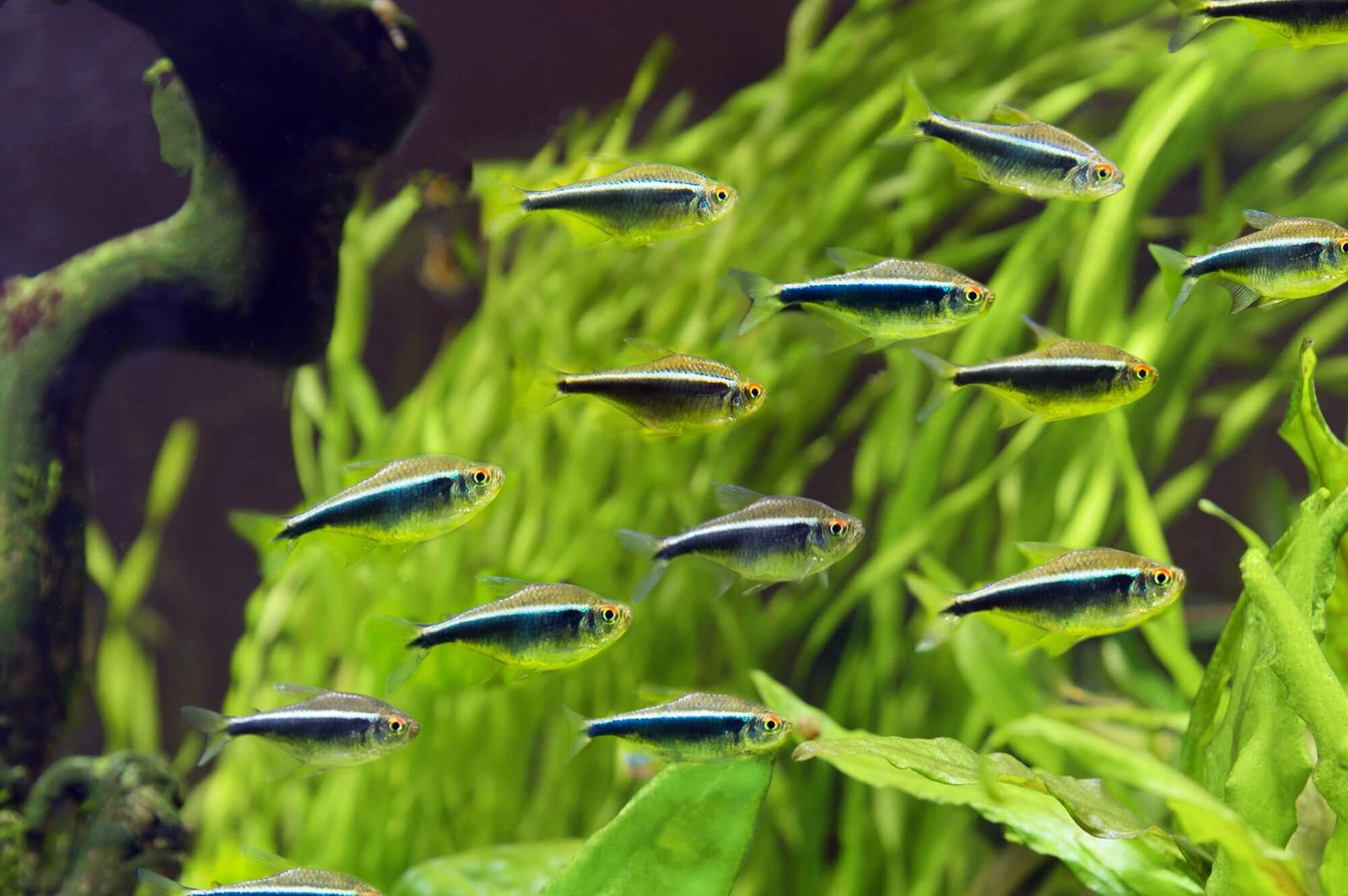
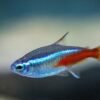
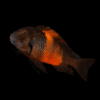
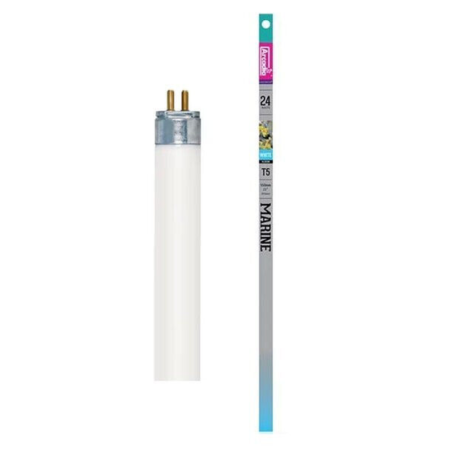
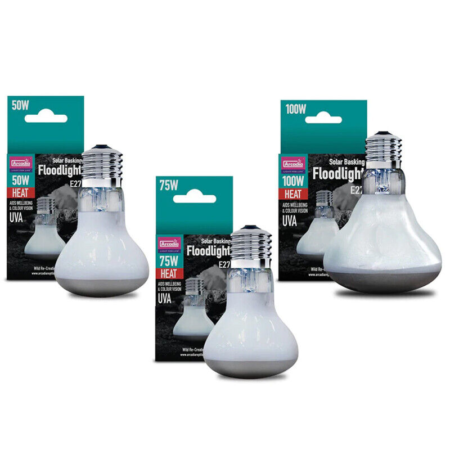
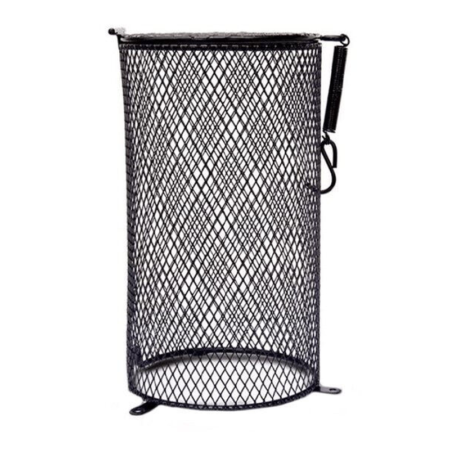
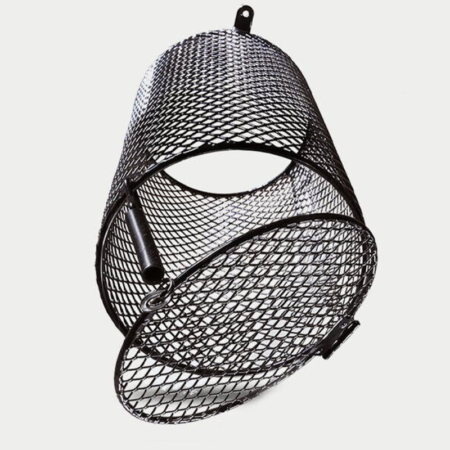





Emily Carter (verified owner) –
I recently added the 6 Black Neon Tetras to my 20-gallon community tank, and I can’t express how thrilled I am with them! These stunning little fish, with their iridescent blue and black stripes, bring so much life and color to my aquarium. After about two weeks, they’ve settled in beautifully, darting around the tank playfully. I appreciate that they are peaceful and get along well with my other fish, which is a must for me as a caring fish parent.
One of my favorite observations is how they tend to form small schools, which creates a mesmerizing display. Compared to my previous experience with other tetra varieties, the Black Neon Tetras are definitely more active and have a charming personality. The only minor concern I had was their initial shyness, but a well-planted environment has helped them feel secure and thrive.
I wholeheartedly recommend these fish to anyone looking to enhance their freshwater aquarium. They’re perfect for both beginners and experienced hobbyists alike. Remember to provide plenty of hiding spots and plants for their comfort. I’m already planning to get a few more to really up the school effect! Would definitely buy again!